Grassland birds show resilience in the face of drought
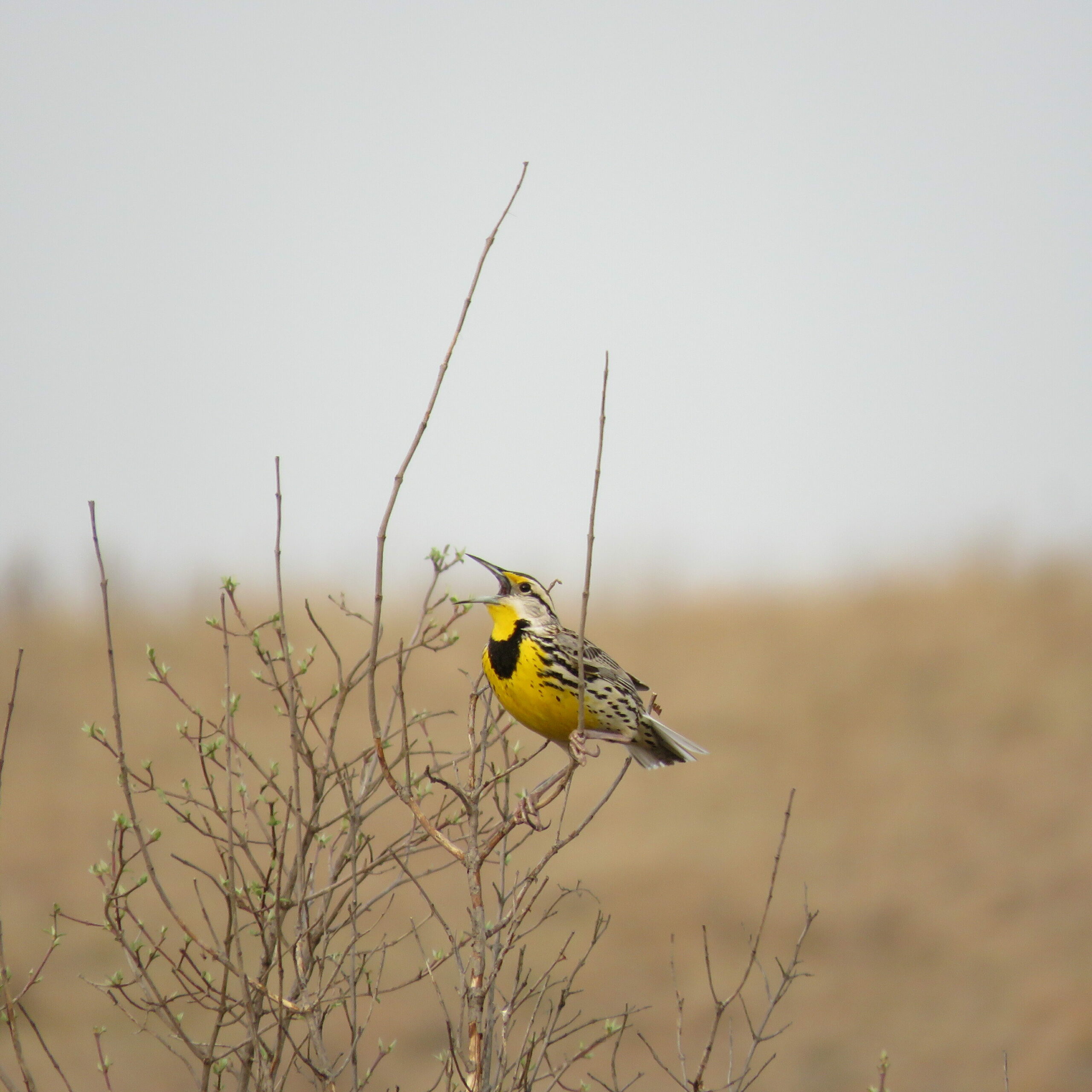
Grassland birds, by changing their nest characteristics and breeding patterns, are more resilient to drought than previously thought.

Grassland birds, by changing their nest characteristics and breeding patterns, are more resilient to drought than previously thought.
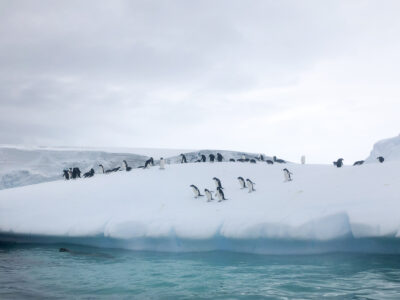
researchers at the Palmer Antarctic LTER show that the Adelie penguin population has suffered as a result of climate change induced krill shortages.
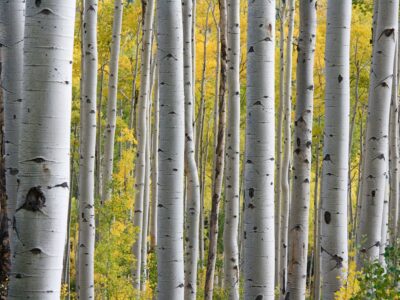
The Selections Across Scales synthesis group seeks trait and fitness data collected on individuals within experimental manipulations or across environmental gradients.
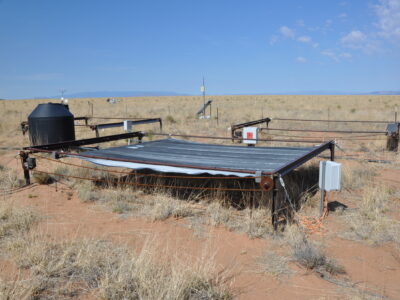
All plants are somehow affected by global change, but their responses are inconsistent between ecosystems, a LTER Synthesis group finds.
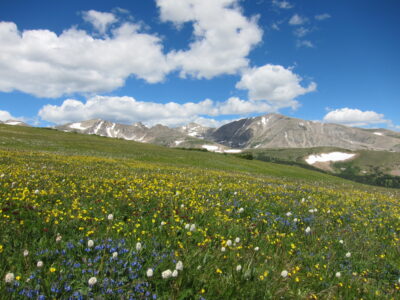
Can plants dictate how soil microbes respond to nitrogen deposition? New research says no, and sheds light on plant-microbe dynamics.
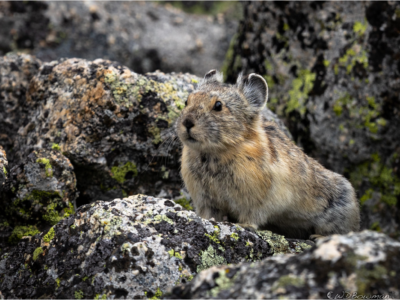
At the Niwot Ridge LTER, community scientists expand the reach of pika research initiatives to understand how pikas might respond to climate change.
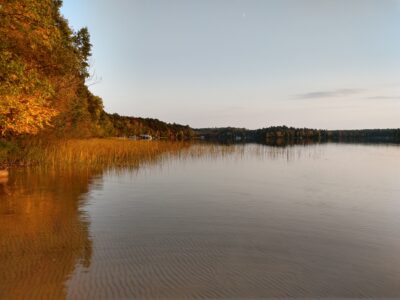
A new paper by Dr. Andrew Rypel uses long-term datasets to reveal spatial and temporal variation for fish in Wisconsin lakes.
Two new synthesis working groups, awarded in 2021, capitalize on the intensive and extended record of observation at LTER sites to shed light on thorny ecological questions.
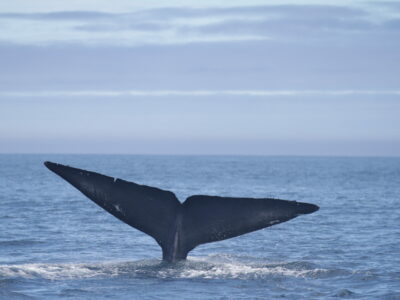
Every year, the Eastern North Pacific population of blue whales migrates between their winter calving grounds off the coast of Mexico and their summer feeding grounds in the California coastal region. Scientists know that they time their migration to coincide with peak prey abundances, but the cues they use for this have been unknown—until now…. Read more »
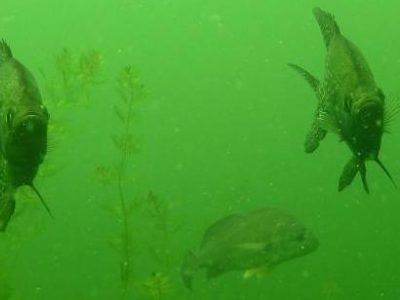
In 2018, M. Jake Vander Zanden and Yvonne Vadeboncoeur were invited to give a plenary lecture at the International Society for Limnology (SIL) meeting in Nanjing, China. They spoke about their efforts to synthesize a more holistic understanding of the role of benthic productivity and food web pathways in lakes. The two began their journey… Read more »